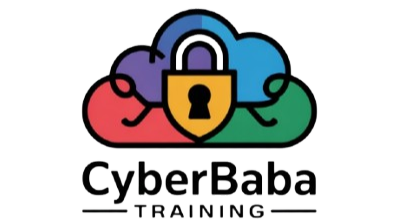Coding For Cyber Security
Coding for Cyber Security is a specialized area of software development focused on writing code that defends against cyber threats and ensures the confidentiality, integrity, and availability of data. As technology becomes more integrated into every part of our lives, the demand for secure software solutions is higher than ever. This field combines the principles of programming with best practices in cyber defense to build software that is both functional and secure.

Intro to Coding for Cyber Security
A clear and effective way to explore essential coding skills for cyber defense. Help learners understand how to build secure software, protect applications from attacks, and implement strong security practices in code.

Secure Coding Basics
Understand how software vulnerabilities happen and how to prevent them using secure development practices, input validation, and error handling.

Common Vulnerabilities
Dive into real-world examples like SQL injection, XSS (Cross-Site Scripting), CSRF, and buffer overflows—and learn how to code defensively against them.

Authentication & Authorization
Implement user authentication, password hashing, session management, and role-based access control (RBAC) to safeguard user accounts.

Data Encryption & Protection
Learn how to apply encryption, hashing, and secure transmission techniques to protect user data in transit and at rest.

Security Testing & Debugging
Use static code analysis, vulnerability scanners, and debugging tools to find and fix security issues before attackers do.

Secure Coding Tools
Get hands-on with tools like OWASP ZAP, Burp Suite, and SonarQube to scan, monitor, and secure your codebase effectively.

Real-World Coding Scenarios
Apply secure coding practices to real-world applications. Build and test secure software in simulated cyber threat environments.

Expert-Led Workshops
Get mentored by cybersecurity coders and white-hat hackers with deep experience in software security and ethical hacking.

Global Coding Standards
Learn to write secure code following OWASP, ISO/IEC 27001, and other international secure development standards.

Career-Ready Development Skills
Master vulnerability prevention, secure app design, and exploit mitigation techniques using languages like JavaScript, Python, PHP, and C/C++.
Key Highlights of the Coding for Cyber Security Program
Gain practical skills to write secure code, identify programming-based vulnerabilities, and implement cyber defense techniques in real-world software systems. Master coding for security by learning from expert developers, using industry-standard tools, and preparing for in-demand cyber security roles.
Find Out Answers Here

It’s the practice of writing code with security in mind—preventing bugs, exploits, and vulnerabilities in software systems.
Basic programming knowledge helps, but many courses start from beginner level and teach coding alongside security principles.
Common languages include Python, C, C++, JavaScript, and PHP—used for scripting, exploitation, and secure software development.
Secure coding helps prevent SQL injection, cross-site scripting (XSS), buffer overflows, and authentication flaws.
It enables you to understand and fix vulnerabilities in code, write secure apps, and stand out in roles like penetration tester, security analyst, or secure developer.







